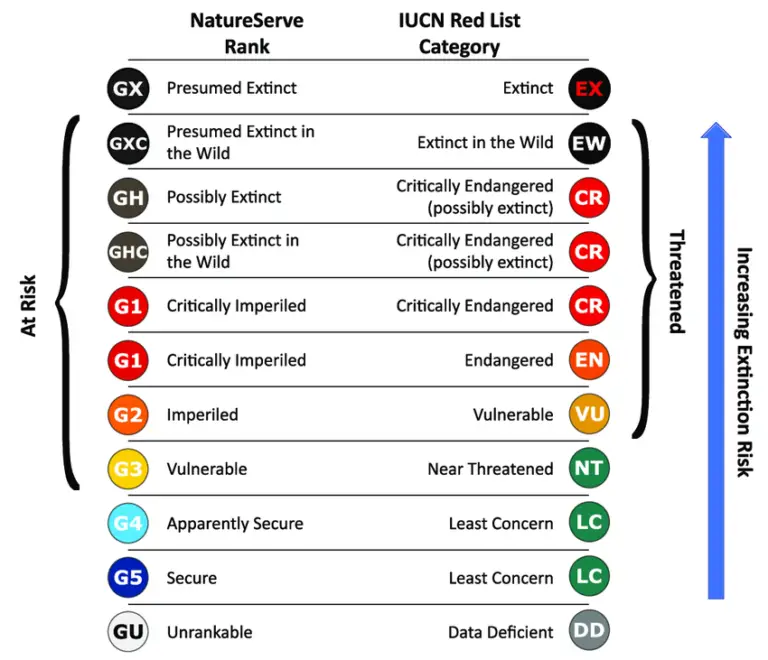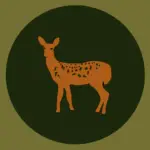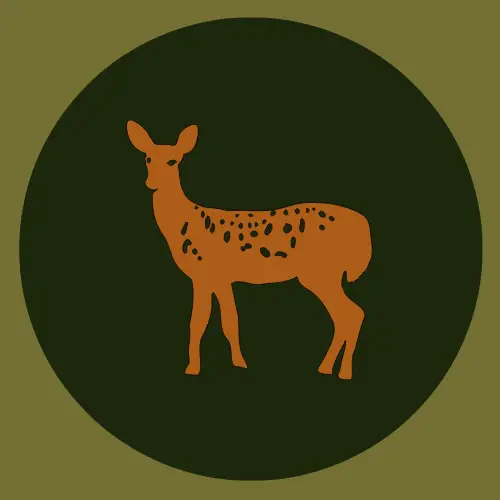IUCN Red List: The Ultimate Conservation Efforts to Protect Wildlife

What is IUCN?
The IUCN stands for the International Union for Conservation of Nature. IUCN is a global charitable organization that works on environmental issues, biodiversity conservation, and sustainable use of natural resources. It was founded on October 5th, 1948, by Julian Sorell Huxley, the British evolutionary biologist, eugenicist, and internationalist.
The IUCN’s headquarters are located in Gland, Switzerland. The current president of the IUCN is Razan Khalifa Al Mubarak. She also serves as a high-level champion of UN climate change, and managing director of the Environment Agency Abu Dhabi, and the Mohamed bin Zayed Species Conservation Fund.
What is the IUCN red list?
The IUCN Red List contains data on the conservation status of plant and animal species worldwide. The list is regularly maintained, and updated by the International Union for Conservation of Nature (IUCN). The list is based on the different threat levels, ranging from “Least Concern” to “Extinct,” and on criteria such as population size, habitat loss, and other factors. From the Arctic wolf to the sperm whale, many species are listed by the IUCN. The IUCN red list provides a comprehensive standardized assessment that helps individuals, scientists, policymakers, conservationists, and organizations understand the urgency of taking action to preserve biodiversity and implementing prompt conservative strategies to prevent wildlife from extinction.
IUCN Red List of Threatened Species
The IUCN Red List of Threatened Species is the most comprehensive and evaluated conservative status data for animals and plants worldwide. The list classifies wildlife into different categories based on their risk of extinction, ranging from least concern (LC) to extinct (EX).
IUCN Red List Categories
The latest IUCN Red List has been released recently, and it divides wildlife into the following 9 categories:
- Not Evaluated (NE): Species are not yet estimated
- Data Deficient (DD): Not enough information to estimate the risk of extinction
- Least Concern (LC): Unlikely to move to the threatened category.
- Near Threatened (NT): Close to moving to the threatened category soon
- Vulnerable (VU): Living at high risk of extinction in the wild
- Endangered (EN): Living at very high risk of extinction in the wild
- Critically Endangered (CE): Living at extremely high risk of extinction in the wild
- Extinct in the Wild (EW): Able to survive only in captivity, outside the natural wild range.
- Extinct (EX): The last individual has died.

How are species categorized on the IUCN Red List
The IUCN utilizes a set of quantitative data criteria to assess and evaluate the risk of extinction for various wildlife species. The categorization is based on the population size, distribution, and threats in the wild. There are 9 categories, ranging from “Least Concern” to “Extinct.”
Why is the IUCN Red List important?
The IUCN Red List assesses and evaluates the extinction risk of species in the wild. The red list plays an important role in providing accurate data for conservation planning, prompt action implementation, and raising awareness about the conservation status of plants and animals.
How often is the IUCN Red List updated?
The IUCN Red List is typically updated every year.
How can I contribute to the IUCN Red List?
There are different ways to contribute to the IUCN Red List every year. Here are the top 5 ways for individuals or organizations to contribute to the IUCN:
- Submit data on species
- Provide expert knowledge
- Take part in the species assessments and evaluations
- Self-fund conservation efforts
- Volunteer
To learn more about how to contribute or get involved, click here to visit the official IUCN Red List website.
What are the criteria for assessing species on the IUCN Red List?
The criteria for assessing species on the IUCN red list are population reduction, geographic range, population size, population increase, and extinction probability analysis. Here is a summary of the criteria for assessing species from the IUCN.

How does the IUCN Red List help conservation efforts?
The aim of the IUCN red list is to promptly prepare and provide all the necessary information for action-takers, such as conservation action organizations. This information is vital in preventing species from extinction in a specific region or globally before it’s too late.
Where can I access the latest version of the IUCN Red List?
Anyone can access the latest version of the IUCN red list at any time on the official website of the IUCN. All they have to do is register via a Google, Facebook, or X (formerly Twitter) account. But it’s important to remember that this list can be utilized for non-commercial purposes only.
How does the IUCN determine the conservation status of a species?
The IUCN relies on species experts who are highly trained and experienced for the red list. These experts assess wild animals based on the most recent updated data and information available, which comes from a wide range of resources. This includes published scientific papers, authentic books, expert reports, indigenous knowledge, specialized knowledge from experts and contributions from the general public in scientific research or projects
Latest Important Updates in the IUCN Red List
Some of the latest important updates to the IUCN Red List are:
- The North Atlantic right whale is moving from endangered to critically endangered due to population decline.
- The world’s largest living reptile, the Komodo dragon, moves from vulnerable to endangered because of habitat loss, poaching, and a decreasing population size
- The European hamster is now critically endangered due to habitat loss and fragmentation.
- The Atlantic bluefin tuna has moved from endangered to least concern species
- 902 wildlife species have now officially become extinct.

